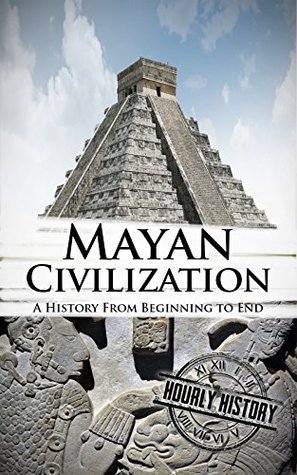More on this book
Community
Kindle Notes & Highlights
when the Spanish arrived in the 1580s, along the Caribbean coast, a Franciscan priest and his secretary Antonio de Ciudad Real asked some Indians, "What's the name of this place? How did it get its name?" In response, the Indians said uic athan, which means, “what do you say” or “what do you speak?” In other words, the Maya didn't understand them. Ciudad Real wrote, "The Spaniard ordered it set down to be called Yucatan."
According to Dr. Brian Fagan and Nadia Durrant in "People of the Earth: An Introduction to World Prehistory," Tikal had few allies in the immediate vicinity, maintained friendly relations with Palenque and Copan, but had a deep rivalry with Calakmul. The extreme rivalry culminated in warfare and constant shifts in allegiance between Tikal, Calakmul, and Caracol.
Overall, the Maya magnified their pyramids by positioning them based on astronomical observations. At sunset during the spring and fall equinoxes, Chichen Itza's pyramid casts a shadow on itself that aligns with a carving of the head of the Maya serpent god. The pyramid is situated according to the sun's location during these equinoxes, and as the sun sets, the serpent appears to slither down into the earth.


